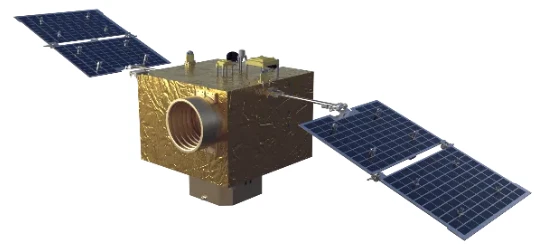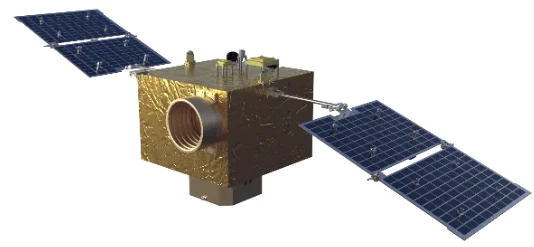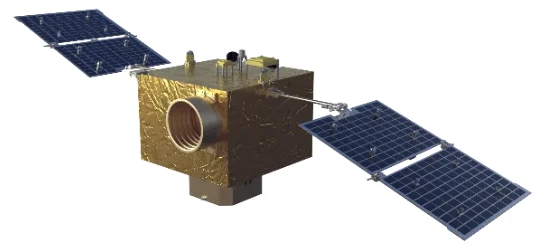
- umAfrika
- Albanian
- Amharic
- IsiArabhu
- Armenian
- IsiAzerbaijani
- Basque
- IsiBhelarushiyen
- Bengali
- Bosnian
- Bulgarian
- isiKhathalan
- Cebuano
- eTshayina
- isiKhorsikhen
- Croatian
- Czech
- Danish
- IsiDatshi
- IsiNgesi
- isiEsperanto
- Estonian
- Finnish
- IsiFrentshi
- IsiFrisian
- Galician
- Georgian
- IsiJamani
- IsiGrike
- Gujarati
- isiKriyoli saseHayiti
- Hausa
- isiHawayi
- IsiHebhere
- Hayi
- Miao
- Hungarian
- Iceland
- igbo
- Indonesian
- Irish
- IsiTaliyani
- IsiJaphani
- Javanese
- Kannada
- isiKazakh
- Khmer
- isiRwanda
- Korean
- isiKhudish
- isiKyrgyz
- Umsebenzi
- isiLatini
- Latvian
- isiLithuwaniya
- isiLuksembogu
- Mecedonian
- IsiMalagasy
- Malay
- Malayalam
- Maltese
- isiMawori
- Marathi
- isiMongoliya
- Miyanimar
- Nepali
- Norwegian
- Norwegian
- Occitan
- isiPhashto
- Persian
- Polish
- IsiPhuthukezi
- isiPhunjabi
- Romanian
- IsiRashiya
- isiSamoa
- IsiScottish Gaelic
- isiSebhiya
- IsiNgesi
- IsiShona
- Sindhi
- IsiSinhala
- Slovak
- Slovenian
- isiSomali
- Spanish
- IsiSundanese
- Swahili
- Swedish
- Tagolog
- IsiTajik
- Tamil
- IsiTatar
- Telugu
- IsiThai
- IsiTurkey
- isiTurkmen
- Isi-Ukraine
- IsiUrdu
- IsiUighur
- IsiUzbek
- IsiVietnamese
- IsiWelsh
- Nceda
- Yiddish
- IsiYoruba
- IsiZulu
Transmission Antenna: Microstrip Innovations for Scalable and Reliable Signal Delivery
The world of wireless communication relies on the silent, efficient performance of every transmission antenna embedded in our devices and infrastructure. Whether it's a tv transmission antenna broadcasting high-definition visuals or a radio transmission antenna delivering clear audio across long distances, the underlying antenna technology plays a critical role. In recent years, microstrip antennas have emerged as a transformative force in antenna design—offering low-profile, highly efficient, and customizable solutions. Advanced models like the 2.4 GHz microstrip antenna, aperture coupled microstrip antenna, and broadband microstrip patch antenna are at the forefront of next-generation communication systems.

Microstrip Antennas: Compact Solutions for Broad Application Needs
One of the key advantages of the microstrip antenna is its structure—a flat, printed patch over a grounded substrate. This seemingly simple form allows for mass production, easy tuning, and excellent compatibility with integrated circuits and PCBs. As such, microstrip antennas are used in a wide range of wireless devices, including tv transmission antennas, RFID readers, smartphones, and automotive communication systems. Their directional radiation and high efficiency make them suitable for both local and long-range transmission antenna roles, depending on design parameters.
The microstrip patch antenna is the most common version, designed to radiate electromagnetic energy in a desired pattern. By adjusting the shape and dimensions of the patch, engineers can tailor the antenna’s frequency response and performance characteristics.
The Role of 2.4 GHz Microstrip Antennas in Wireless Ecosystems
A cornerstone of global wireless communication is the 2.4 GHz frequency band. Devices equipped with 2.4 GHz microstrip antennas are everywhere—from home routers and smart home systems to industrial automation controls. The 2.4 GHz microstrip patch antenna is optimized to deliver strong, reliable signals in this crowded spectrum, offering excellent gain and low return loss.
Because of their efficient performance in this widely-used band, these antennas are ideal for compact wireless gadgets, including wearables, IoT sensors, and drone controllers. They help ensure stable connectivity in environments with high interference, a key consideration in both consumer electronics and mission-critical industrial applications.
Performance Enhancement Through Aperture Coupling and Broadband Design
For more demanding environments, antenna engineers turn to designs like the aperture coupled microstrip antenna, which uses a slot in the ground plane to couple energy from the feed line to the radiating patch. This configuration minimizes spurious radiation and enhances bandwidth, making it suitable for sensitive, high-performance systems.
Similarly, the broadband microstrip antenna and broadband microstrip patch antenna are designed to support wide frequency ranges without sacrificing efficiency or gain. These antennas are indispensable in applications such as software-defined radios, frequency-hopping systems, and wideband surveillance (non-military). They allow equipment to handle multiple signal types with a single antenna system, reducing hardware complexity while improving operational flexibility.
To summarize, the evolution of the transmission antenna has been deeply influenced by microstrip antenna technology. From everyday tv transmission antennas and radio transmission antennas to advanced designs like the 2.4 GHz microstrip patch antenna, broadband microstrip patch antenna, and aperture coupled microstrip antenna, these innovations have reshaped the way wireless systems are built. As communication needs grow more complex and bandwidth-intensive, microstrip antennas will continue to lead the way with smart, scalable, and high-performance solutions.











